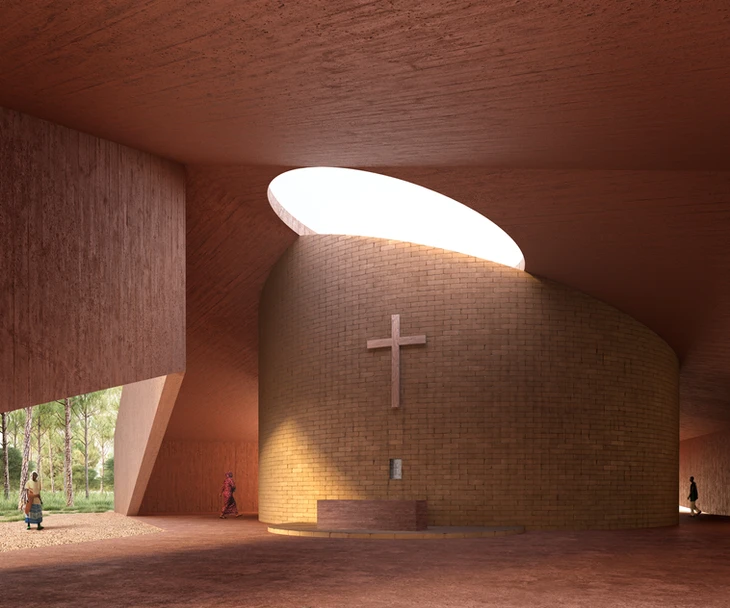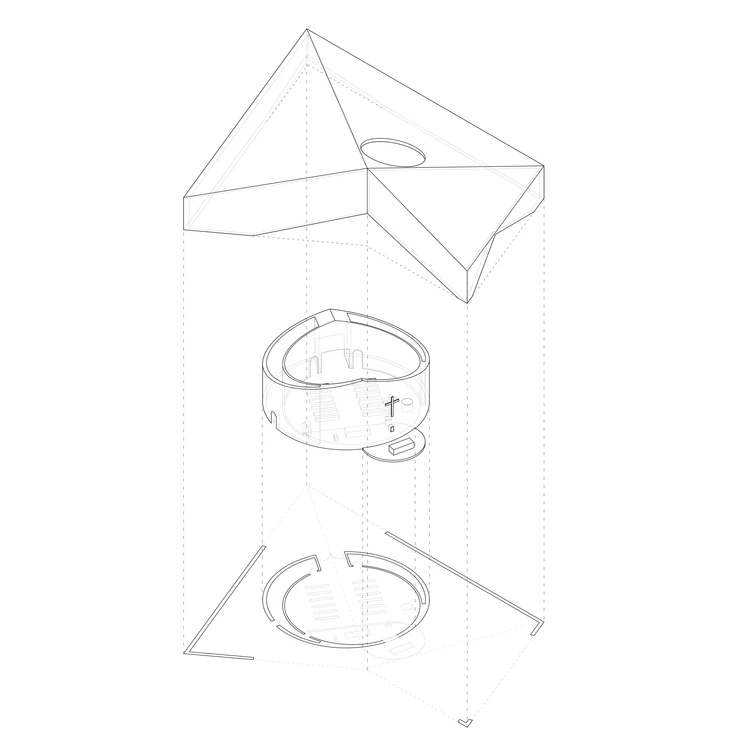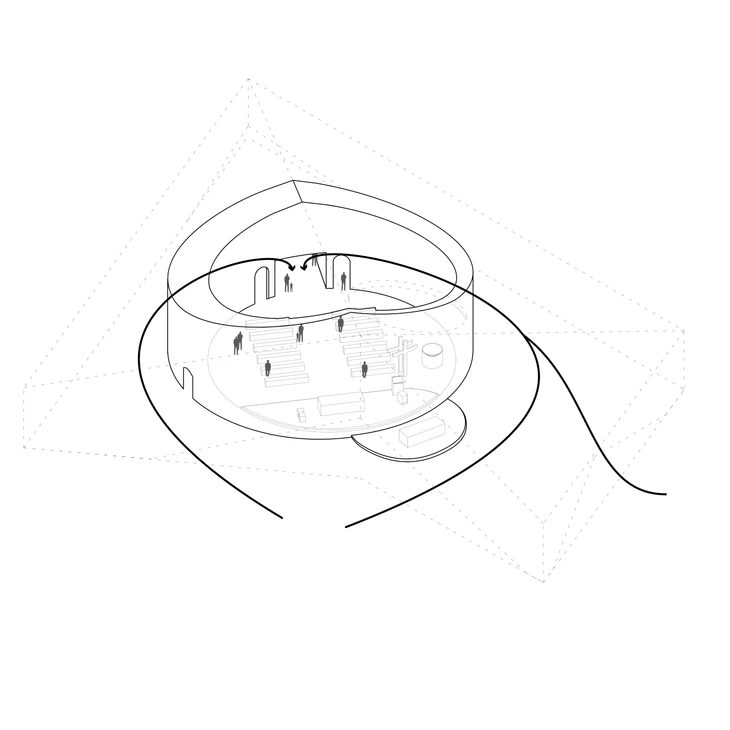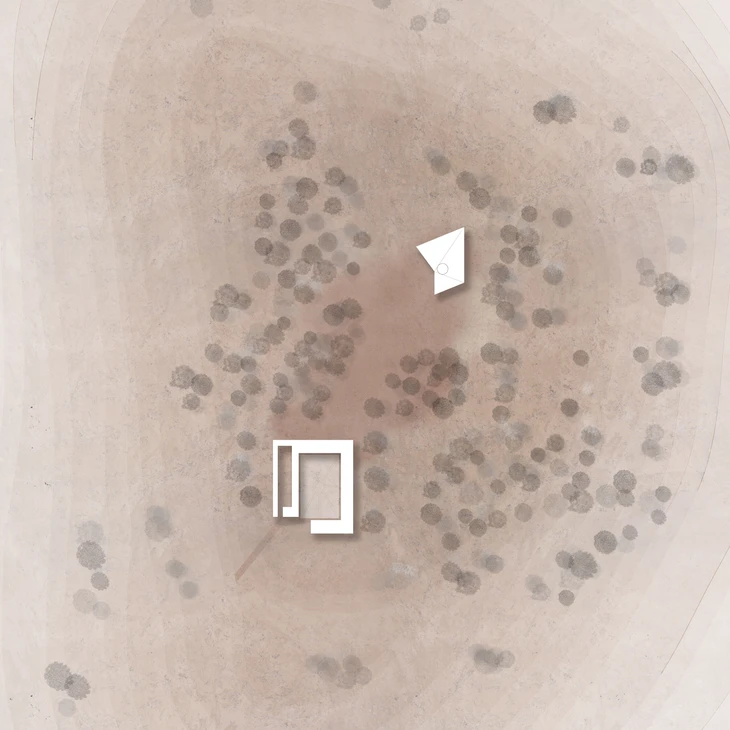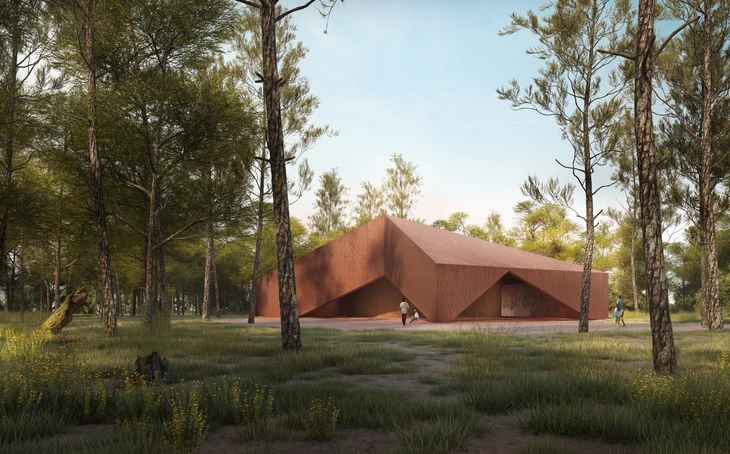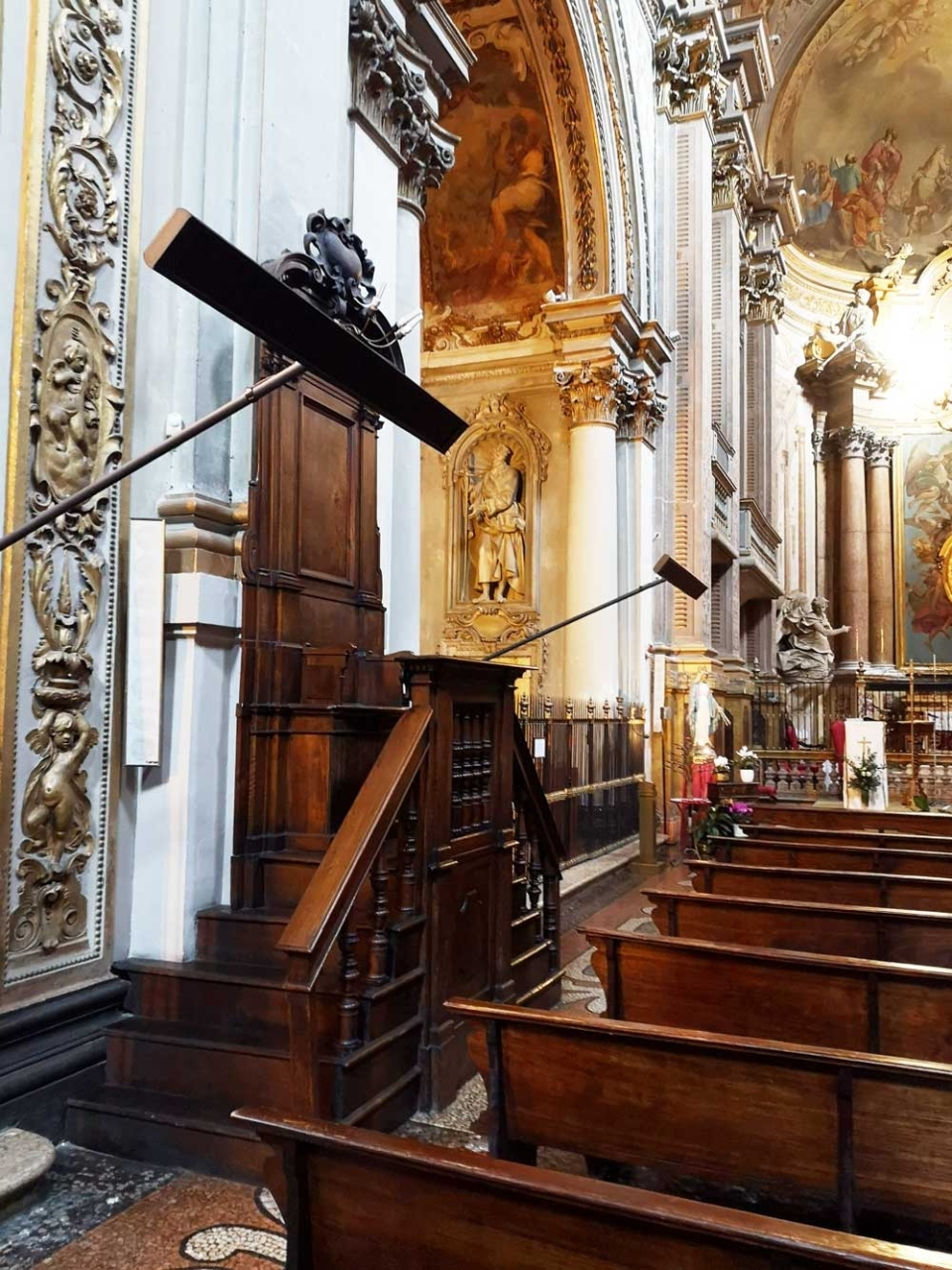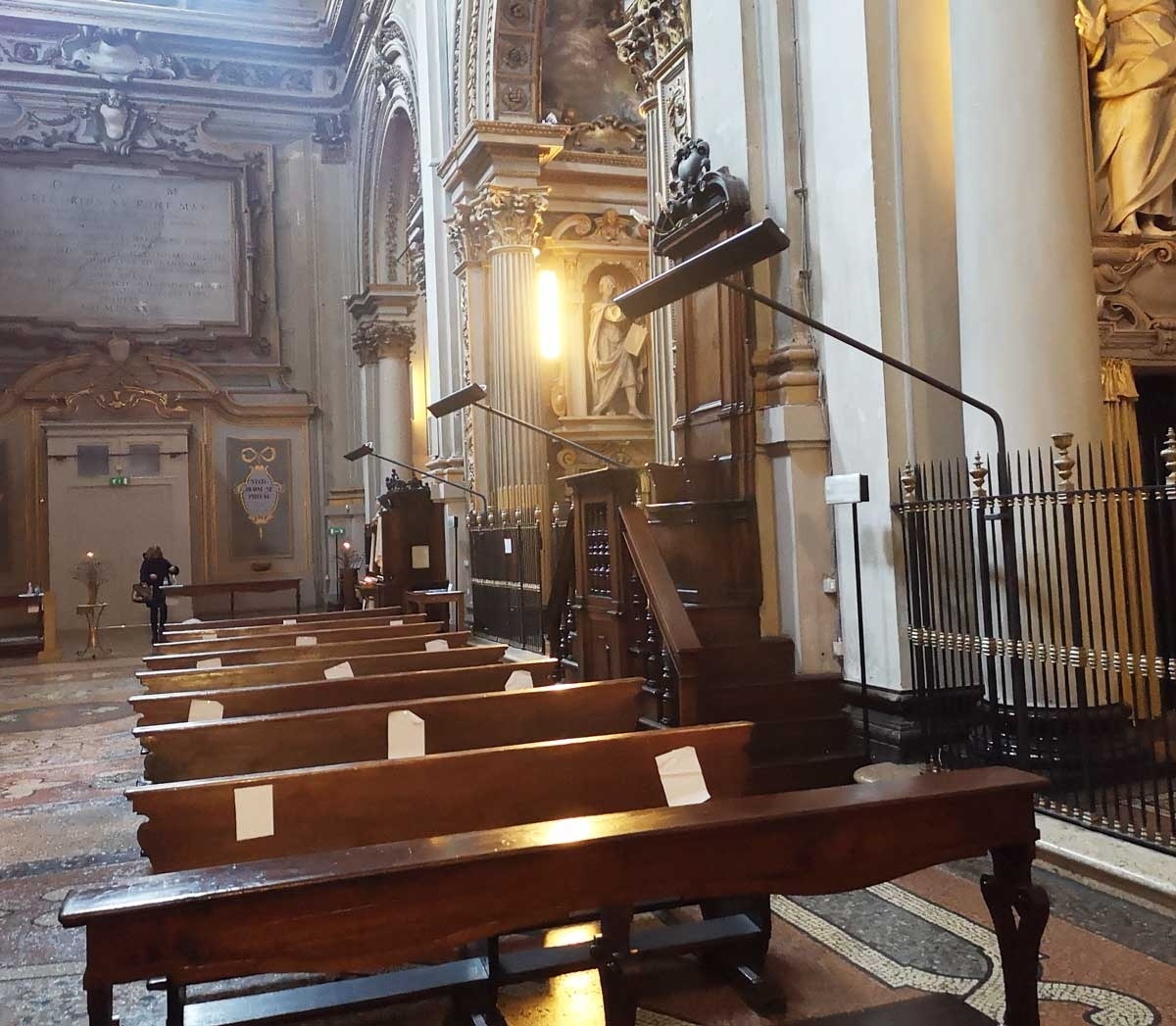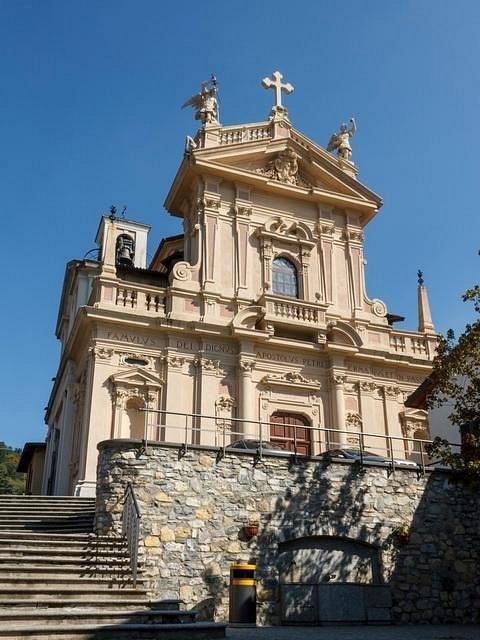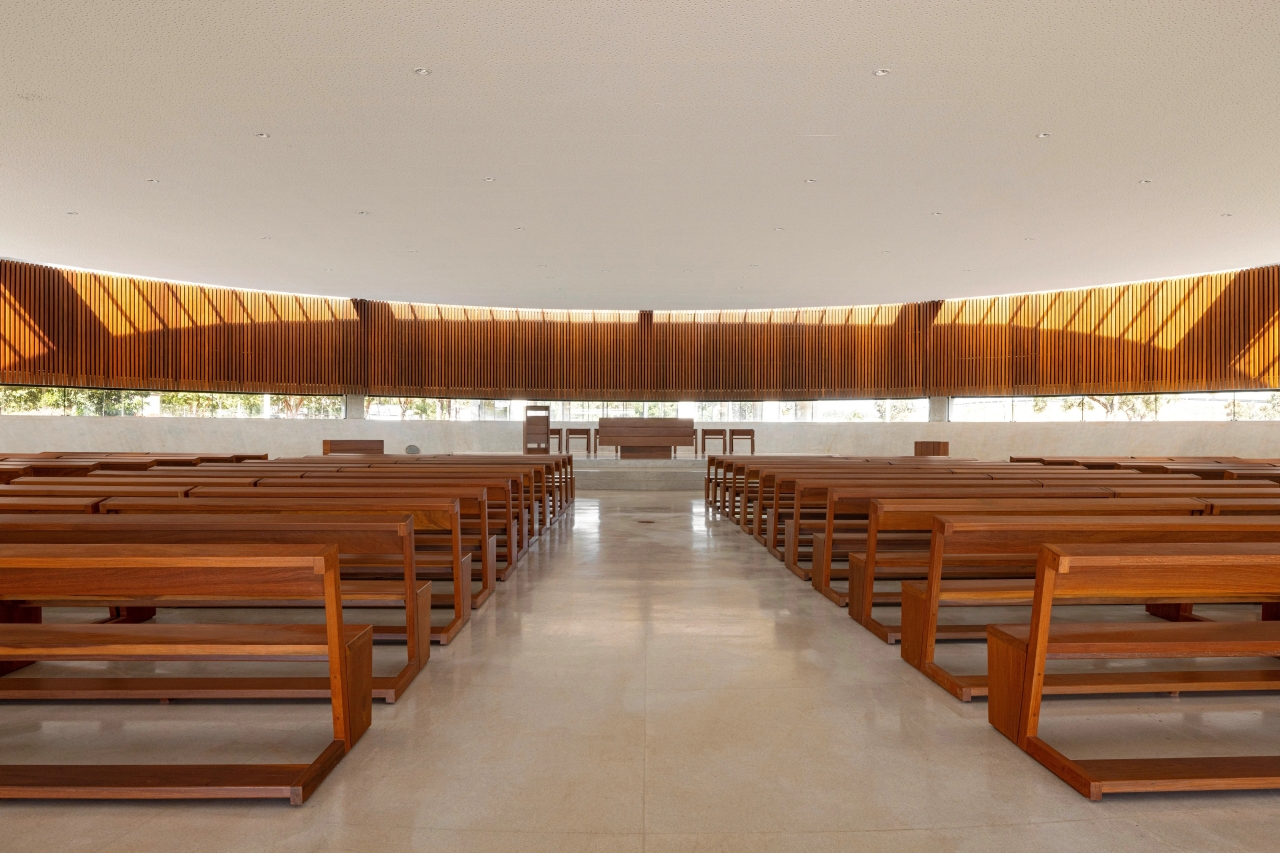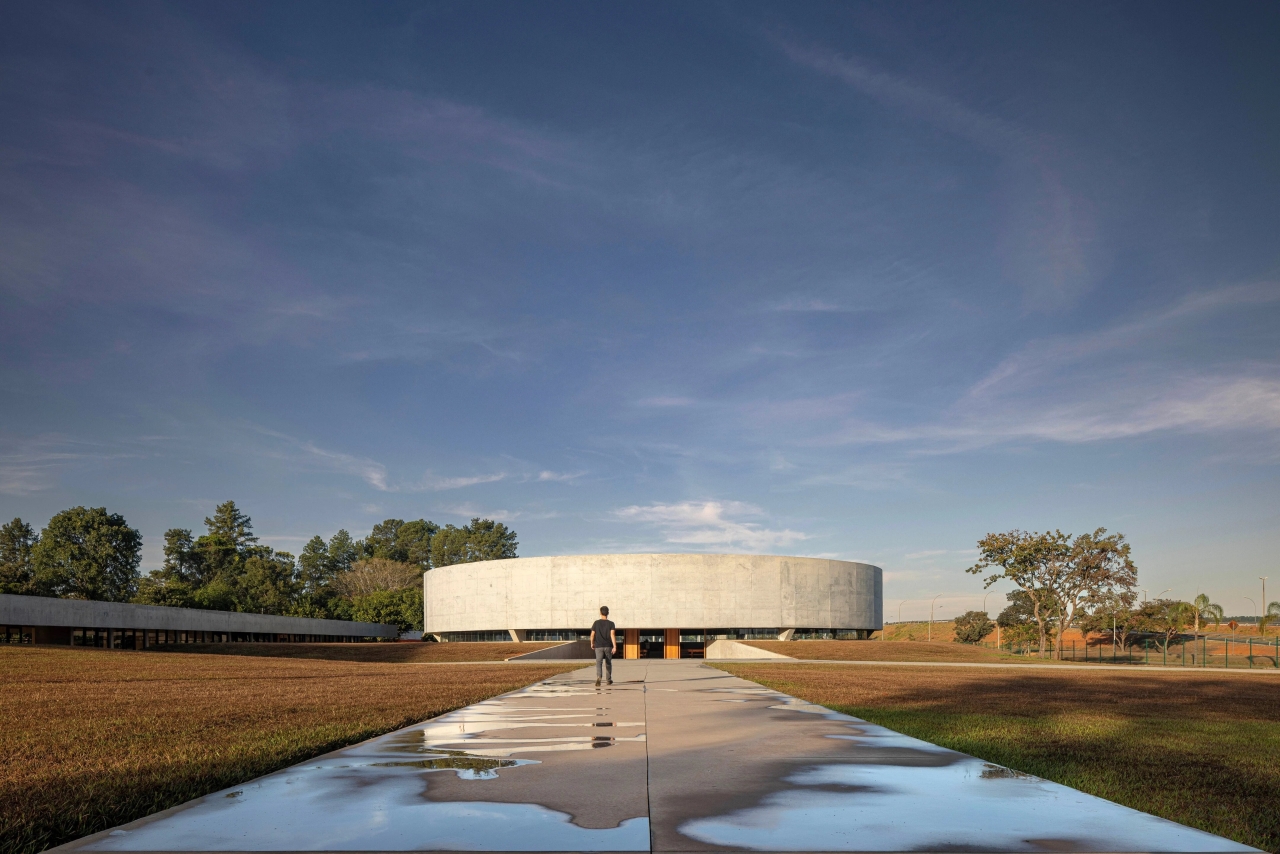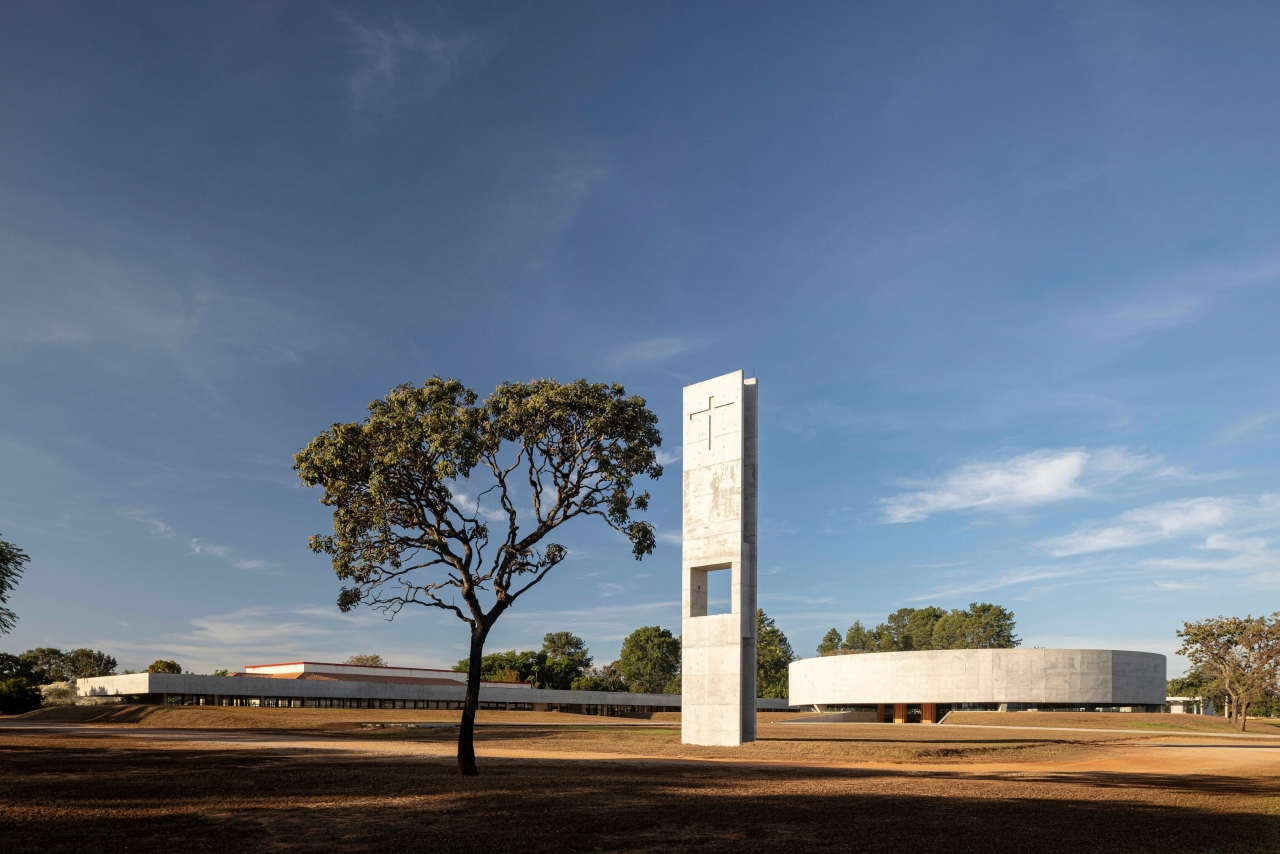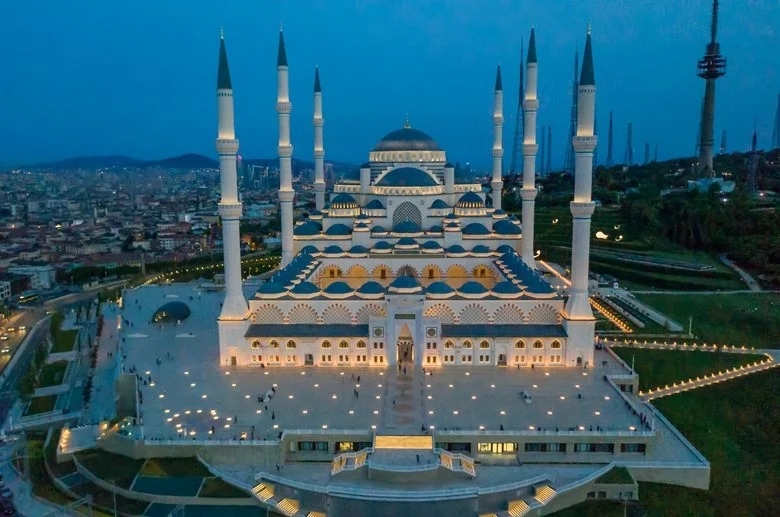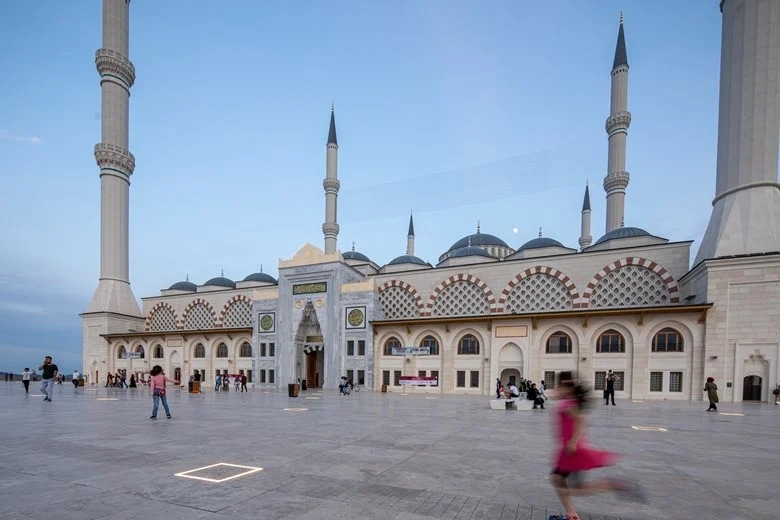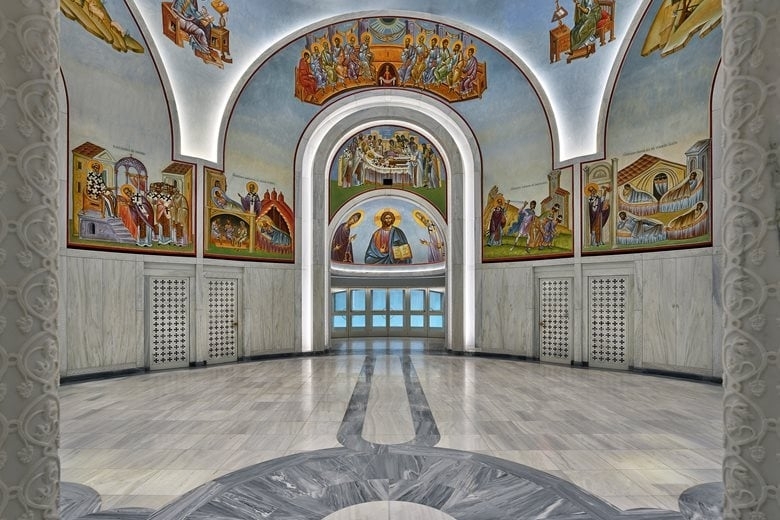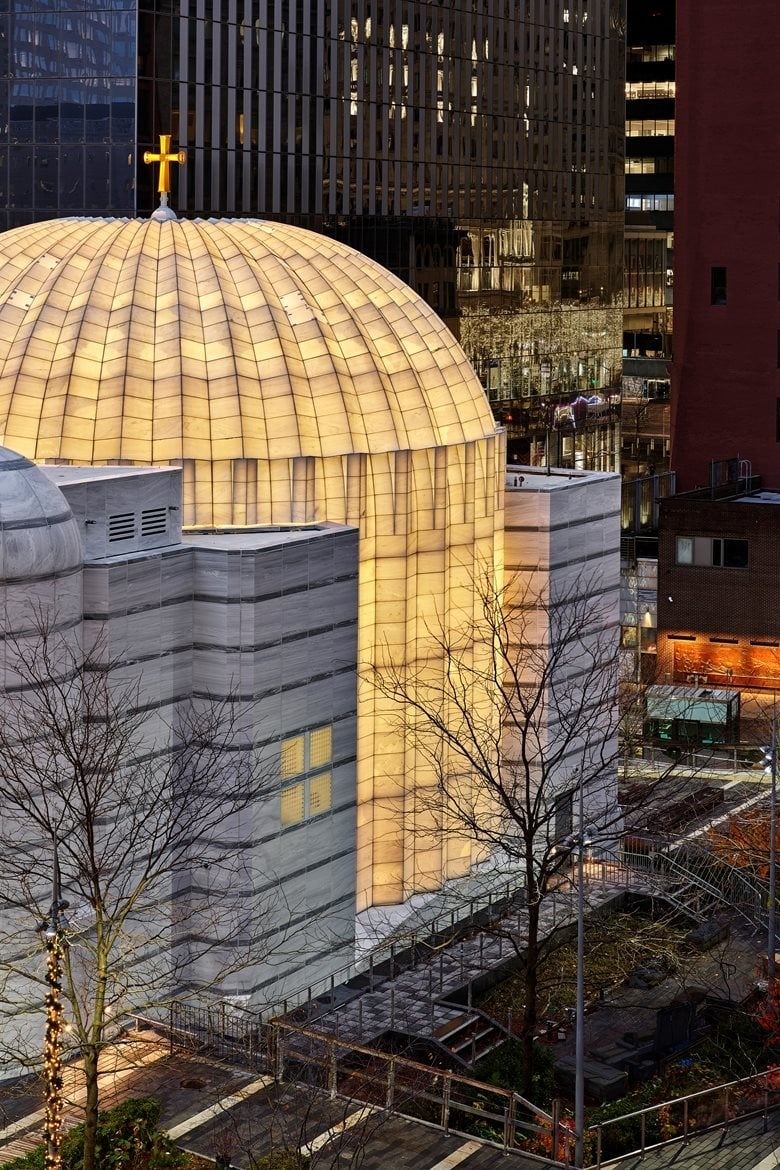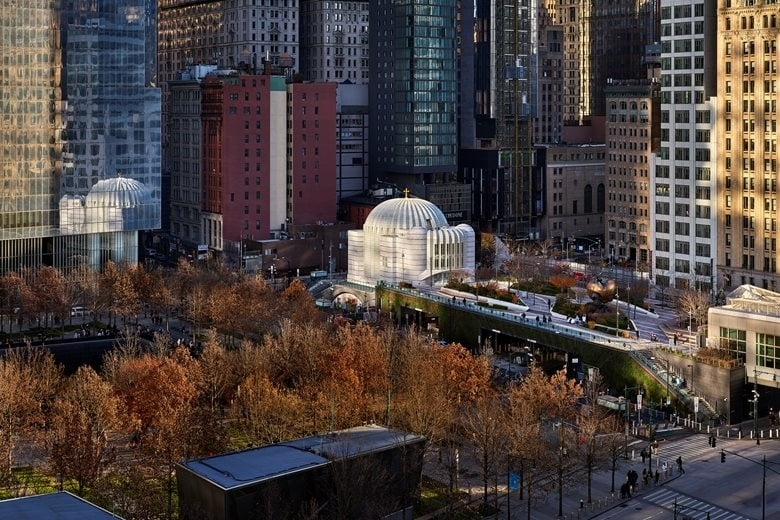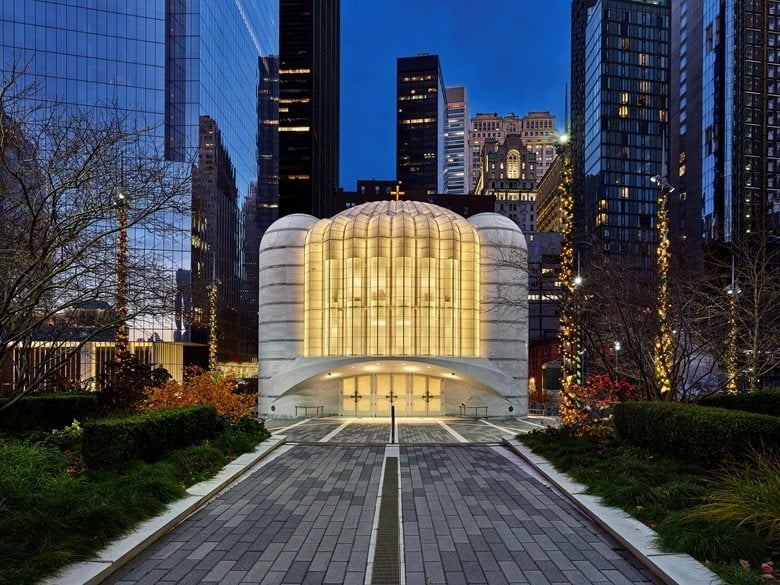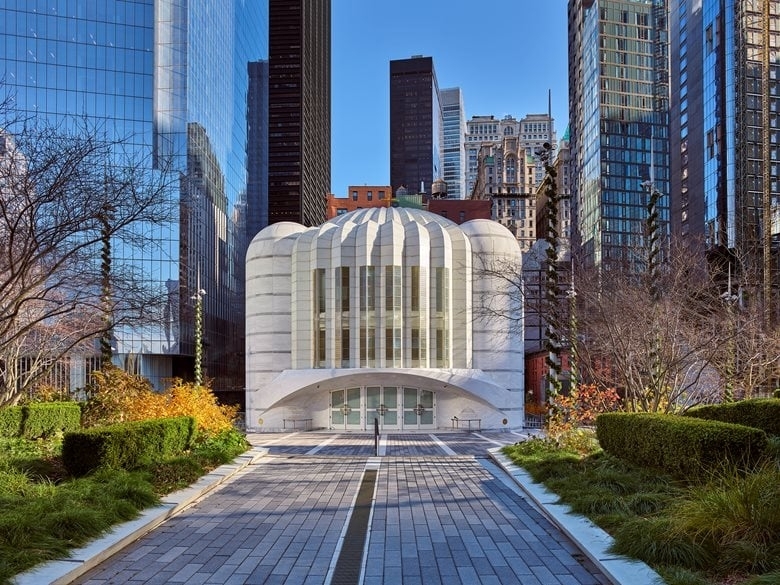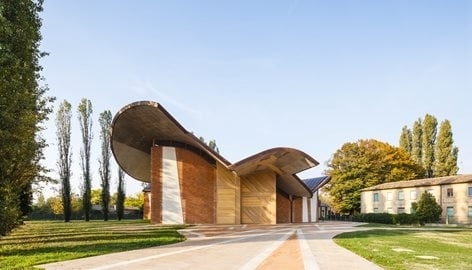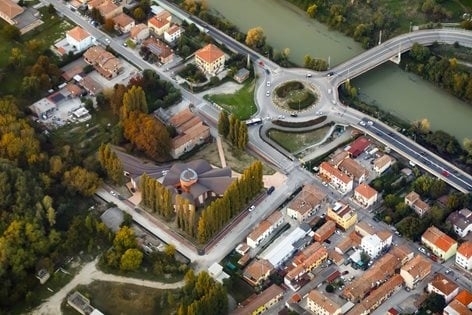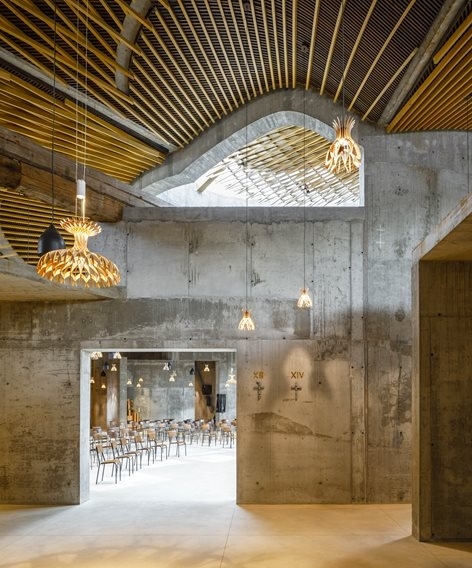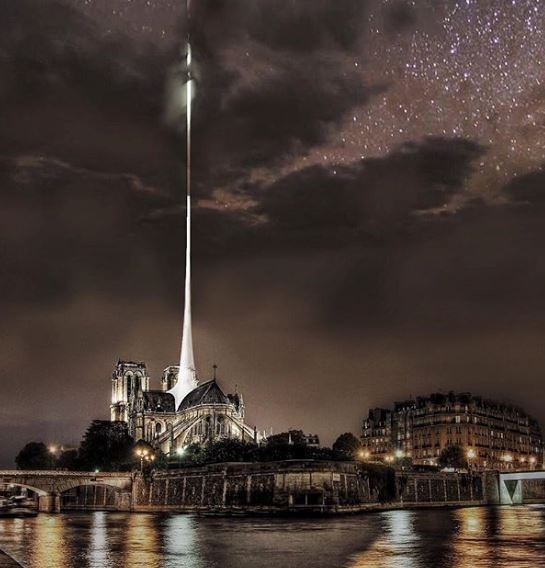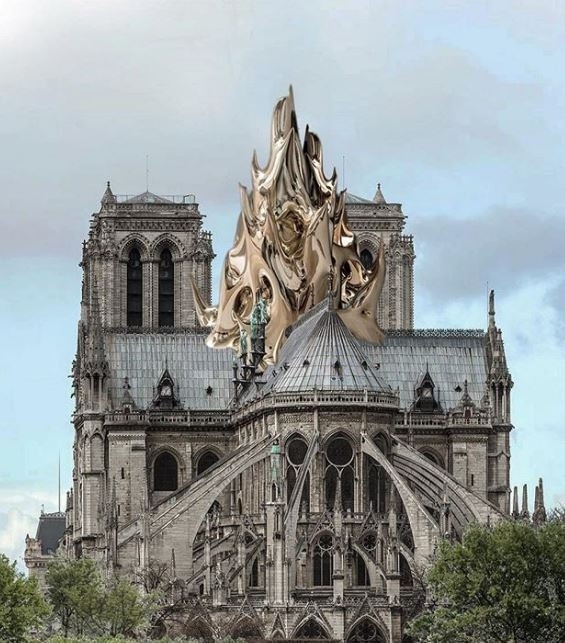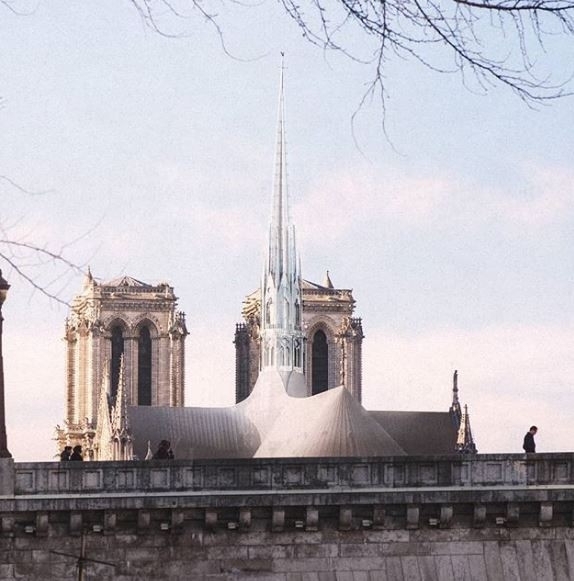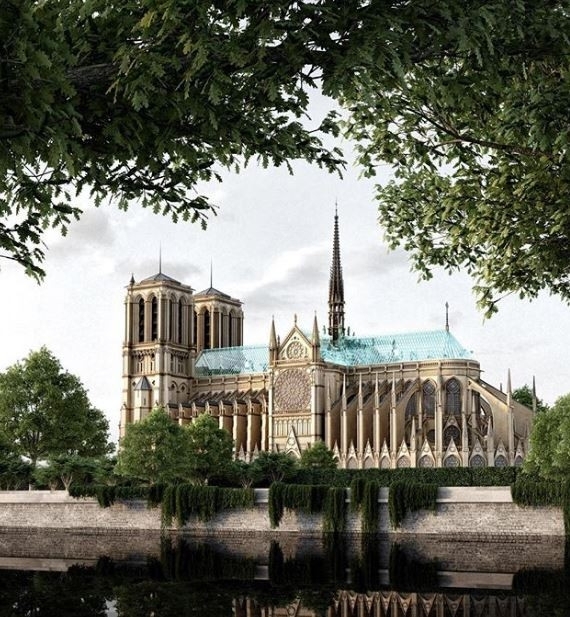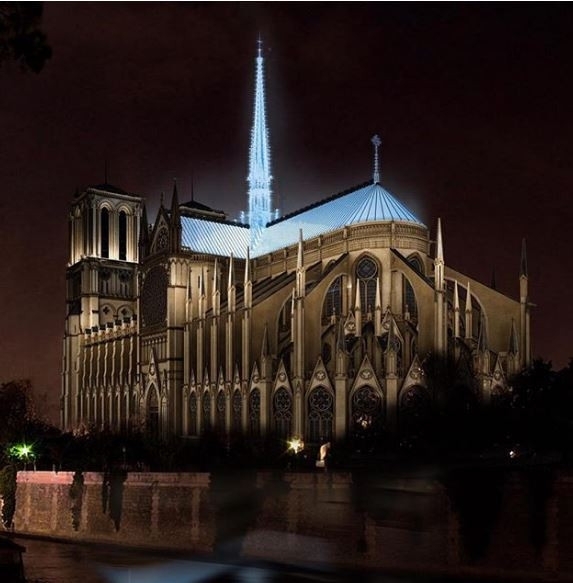Elementi Appuntati
Attività recenti
-
Post is under moderationStream item published successfully. Item will now be visible on your stream.
-
STUDIO GANDOLFI MURA
RUKOMO (RWANDA)
CAPPELLA E SACRESTIA
Anno 2019
Concorso YAC
Il Rwanda è uno stato dalla tradizione e dalla cultura cristiano molto forti.
Rispettando il simbolismo liturgico e unendo i valori del popolo del Rwanda abbiamo deciso di progettare un edificio simbolico in...STUDIO GANDOLFI MURALeggi altro
RUKOMO (RWANDA)
CAPPELLA E SACRESTIA
Anno 2019
Concorso YAC
Il Rwanda è uno stato dalla tradizione e dalla cultura cristiano molto forti.
Rispettando il simbolismo liturgico e unendo i valori del popolo del Rwanda abbiamo deciso di progettare un edificio simbolico in cui si leggesse la solidità delle tradizioni fondamentali del popolo (rappresentate dall'uso del calcestruzzo) tese ad abbracciare il cuore della preghiera cristiana (simboleggiato dall'uso del mattone di terra cruda).
in collaborazione con Atelier GM6Post is under moderationStream item published successfully. Item will now be visible on your stream. -
Impianto di riscaldamento elettrico ATH Italia nella chiesa di S. Andrea a Brunate
La Chiesa era riscaldata ad aria calda immessa da una griglia a parete e ripresa a pavimento.
La sostituzione del generatore a metano, ormai obsoleto, necessitava di un totale rifacimento dell’impianto ed un...Impianto di riscaldamento elettrico ATH Italia nella chiesa di S. Andrea a BrunateLeggi altro
La Chiesa era riscaldata ad aria calda immessa da una griglia a parete e ripresa a pavimento.
La sostituzione del generatore a metano, ormai obsoleto, necessitava di un totale rifacimento dell’impianto ed un importante intervento nel locale, inclusa la copertura. L’utilizzo normale del sistema era quello saltuario: l’impianto veniva acceso poco prima le celebrazioni. L’aria calda forzata per favorire una distribuzione omogenea, avveniva con una emissione rumorosa notevole, che disturbava il normale svolgimento delle celebrazioni. Inoltre, si riscontrava una contaminazione tra l’aria e i prodotti della combustione.
Nel 2015 è stato eseguito un intervento per migliorare il comfort: è stato installato un sistema di riscaldamento con l’inserimento sotto la seduta dei banchi di pannelli radianti a funzionamento elettrico. Tale intervento, che non ha mai sostituito l’impianto tradizionale ad aria, prevedeva l’accensione dei pannelli due ore prima dell’inizio della celebrazione con spegnimento a fine funzione. La soluzione si è rivelata molto onerosa, senza che questo raggiungesse livelli di confort accettabili. L’impianto è stato quindi abbandonato.
Si è provveduto quindi alla una progettazione di due soluzioni da mettere a confronto:impianto con Unità Trattamento Aria costruita su misura e collocata nella posizione dell’attuale termoventilante impianto con corpi scaldanti elettrici a onde medie veloci installati con apposite staffe sui cornicioni, ad un’altezza di 7,80 metri da terra. La scelta finale è stata quella di utilizzare il sistema elettrico radiante sia per costi di installazione (oltre il 40% in meno), sia per costi unitari “a funzione (o celebrazione)", risultati decisamente competitivi.
DISPOSITIVI INSTALLATI
8 HELIOS HEATER
Radiatore elettrico a onde medie veloci •
1245x180x116 mm • 4000W • 400V • IP24
4 HELIOS HEATER
Radiatore elettrico a onde medie veloci
• 830x180x116 mm • 2250W • 230V • IP24Post is under moderationStream item published successfully. Item will now be visible on your stream. -
Church of the Holy Family by ARQBR Arquitetura e Urbanismo
ARQBR Arquitetura e Urbanismo proudly introduces the Church of the Holy Family, a significant contribution to a major urban extension in Brasilia, Brazil.
“I found the Planalto, that horizon without limit, excessively vast. It was out...Church of the Holy Family by ARQBR Arquitetura e UrbanismoLeggi altro
ARQBR Arquitetura e Urbanismo proudly introduces the Church of the Holy Family, a significant contribution to a major urban extension in Brasilia, Brazil.
“I found the Planalto, that horizon without limit, excessively vast. It was out of scale – like an ocean with immense clouds moving over it. By putting a city in the middle of it, we would be creating a landscape”[1]. Lucio Costa’s words about his initial perceptions and sensations after encountering the chosen site for the construction of the New Capital of Brazil, Brasilia, evokes one of the constituent signs of its urbanistic conception, as well as the representation of its landscapes: the presence of the horizon. Beyond the sense of organization and orientation, the horizon expresses the vision of the whole and, primordially, the connection between the observer and the environment, a condition that is necessary to the manifestation of the landscape.
From the design gesture to its printing on the territory, the four scales – monumental, social, residential, and bucolic – point out the contemplative sensitivity given to the landscape, the consideration to the urban ambiences, as well as the distinguished manners of treating them. But it is precisely the bucolic scale that is going to define Brasilia’s character of city-park, by evidencing the proximity with wild nature and an aesthetic continuum between living spaces, free spaces, great extensions of cerrado vegetation, parks, green belts extending along roads, and the always unimpeded horizon.
In the process of urban expansion, which started even before its inauguration according to the satellite-cities model, the sense of continuity and visibility of the urban collective will be given by the park roads, inspired by Olmsted’s and Vaux’s parkways, and designed as instruments of regional planning. On the margins of EPIA - Estrada Parque Indústria e Abastecimento (Park Road of Industry and Supply), one of the main components of the radio centric road system implemented to support Lucio Costa’s Pilot Project (Plano Piloto), is where the plot destined to the Church of the Holy Family is located.
Characterized by an exuberant avenue of eucalyptus that shaped the entrance of the city, EPIA, which began to be controlled by the federal government in 2004, was recently transformed in an expressway, having had its lanes extended and its traffic segregated from local traffic. Due to nearly all trees having been cut to accommodate the marginal lanes, the result was a loss of the surrounding area's bucolic character, which was reinforced by the partitioning of the land, the extensive growth of expensive housing and great commercial enterprises, creating ruptures in the urban configuration and conforming a generic landscape under constant change. Thus, the urban function of the road, the attention to the scenic qualities, and the sensitive experience of the route give place to speed, to efficiency, and to fluidity under a highway logic.
The architectural concept adopted unfolds itself from the relationship between spirituality, nature, and community. Spirituality communicates itself in the Catholic religion through its rites, celebrations, and sacred symbols. The sacred sense stands and renovates itself through the sensitive contact of nature, which evokes the divine presence and the integration with the cosmos. Architecture, on its turn, has been the privileged space of manifestation of the sacred by the person who occupies it, where the light penetrates delicately, or where the silence of the stone manifests itself in the murmur of the prayers. The circular nave brings as a concept this gesture of welcoming, as it approximates the altar to the congregation.
Natural light penetrates through the roof circular ring, transforming the internal space of the nave, which is disposed half level below the natural height of the plot. This allows the overflow of the landscape through a small opening aligned to the ground floor, at the same time that it preserves the intimacy of the internal space. Such a feature is only possible due to the elevation of the circular concrete volume, suspended by six pillars that belong to the structural foundation implanted in the topography. By revealing the presence of the horizon, the architecture becomes a constitutive element of the landscape, an opening to the poetic dimension of the world, connecting the material reality to its spectator’s gaze.
The generating outline of the design is determined by two main axes. The northwest-southeast axis connects the circular nave, the annex, and the existing building to the back, where the parish activities are located. Along its extension, there is a linear square, a space facing the city, which serves as support to the erratic route of those who are immersed in the ritualistic act, or even the traveler on the road, in the search for the suspension of everyday life or for a refuge from the torments of being. Perpendicularly, the northeast-southwest axis preserves the contemplative view: the crossing of the line of the horizon with the vertical volume of the campanile signals and guides the visitor or those who cross the highway in full speed at a distance.
It is possible to state that the architectural concept synthesizes the three fundamental premises of Brasilia: the implantation of the architectural complex, delicately applied on the topography, and its opening to the horizon; the inseparability between the urban and its architecture, between public and private space and, as a consequence, between the community and the sacred; and thirdly, the consideration of the landscape as a structuring and fundamental element of the architectural configuration, recognized by Brasilia’s inclusion on UNESCO’s List of World Heritage Sites.
[1] COSTA apud SHOUMATOFF. Profiles [Brasília]. The New Yorker. New York, nov. 1980, p. 94.
Technical sheet
Project year: 2012-2015
Construction year: 2017-2022
Area: 3.915 m²
Authors: Arch. Eder Alencar, Arch. André Velloso e Arch. Luciana Saboia.
Collaborators: Arch. Paulo Victor Borges e Arch. Margarida Massimo.
Interns: Rodrigo Rezende, Pedro Santos e Julia Huff
Architecture: ARQBR Arquitetura e Urbanismo
Construction: Tecna Construtora
Steel structure: Comini Tuler
Concrete structure: Breno Rodrigues
Installations: Alencar Costa
Light design: Beth Leite
Acustics: Síntese Acústica Arquitetônica
Landscape design: Quinta Arquitetura, Design e Paisagismo
Environmental comfort: Quali-A Conforto Ambiental e Eficiência Energética
Photos: Joana Franca
Videos: Joana FrançaPost is under moderationStream item published successfully. Item will now be visible on your stream. -
Post is under moderationStream item published successfully. Item will now be visible on your stream.
-
-
Grand Mosque Camlica | Haci Mehmet Guner
Located in the Asian quarter of Üsküdar in Istanbul, and inaugurated in May 2019, six years after work commenced, Grand Camlica Mosque is Turkey’s largest and most impressive mosque, the fruit of the Turkish government’s desire to bear witness to the...Grand Mosque Camlica | Haci Mehmet GunerLeggi altro
Located in the Asian quarter of Üsküdar in Istanbul, and inaugurated in May 2019, six years after work commenced, Grand Camlica Mosque is Turkey’s largest and most impressive mosque, the fruit of the Turkish government’s desire to bear witness to the country’s economic greatness. This new symbol, a building with modern connotations in which the interior spaces have been designed according to the various needs, houses not only the area dedicated exclusively to worship and prayer but also an art gallery, a library, a conference room, an art studio, and the Museum of Islamic Civilization, which contains artefacts from Turkish Islamic culture. This tradition is reflected in the architecture of the structure itself, which evokes the mosques built in the Ottoman and Seljuk architectural styles.
On the order of the sultans, these were constructed with a pyramid shape produced by the development of the arches and the somewhat sharply angled vaults, the characteristic series of small domes and the large central dome. In these mosques, the main building has a Greek cross floor plan with a square to the front of it.
The mosque, which is visible from all parts of the city, is rich in details that attract the attention of visitors as they approach it from a distance: its six imposing minarets, which mark the building’s perimeter, represent the six pillars of the Islamic faith. The mosque’s main dome stands 72 metres high to symbolise the 72 nationalities that live in Istanbul.
And the main door, which measures 5 x 6.5 metres, is the largest opening of any place of worship in the world. The mosque can hold up to 37,500 people: a capacity that requires a delicate balance between the number of people in the spaces and the need for safety in the event of one of the severe earthquakes the area is prone to. The mosque has been referred to as “a classic project that uses modern tools” and cutting-edge techniques in its construction and is built to the highest standards, making it “one of [the world’s] most robust buildings against earthquakes”.
Project: Grand Camlica Mosque, Istanbul
Architect: Haci Mehmet Guner
Lighting planning: Utku BaskirPost is under moderationStream item published successfully. Item will now be visible on your stream. -
Calatrava’s design for St. Nicholas Church was heavily influenced by Byzantine architecture and landmarks, specifically a mosaic in Hagia Sophia, the Virgin Mary as the “Throne of Wisdom.” In a series of watercolors, Santiago Calatrava symbolizes a metamorphosis from that mosaic into the facade...Calatrava’s design for St. Nicholas Church was heavily influenced by Byzantine architecture and landmarks, specifically a mosaic in Hagia Sophia, the Virgin Mary as the “Throne of Wisdom.” In a series of watercolors, Santiago Calatrava symbolizes a metamorphosis from that mosaic into the facade of St. Nicholas. The Hagia Sophia-inspired dome features 40 windows and 40 ‘ribs’-- the same number of ribs in Saint Nicholas, which are visible from both the interior and the external subdivision of the roof. The dome features twenty prophets whose images alternate between the dome ribs. The architectural elements incorporated into the structure are based on an in-depth study of the relationship between Byzantine architecture and numbers.Leggi altro
The entire exterior of the structure was intentionally made of Pentelic marble to parallel the Pentelic marble that makes up the Parthenon in Athens. The dome is made of thin stone and glass laminated panels that are illuminated from behind. When illuminated, these areas of the façade create an incandescent aura that makes the entire church appear to glow from within, invoking the feeling of being a beacon of hope amid the night. The exterior of the church consists of four solid stone-clad towers that ultimately form a square shape, which hosts the dome-like building. The corner towers and two west-facing towers are clad in alternating large and small horizontal bands of white and gray marble reminiscent of the Church of the Holy Savior in Chora, Turkey.
A project by Santiago Calatrava
Santiago Calatrava is a Spanish architect, sculptor and structural engineer whose principal office is in Zürich, Switzerland. Classed now among the elite designers of the world, he has offices in Zürich, Paris, Valencia, and New York City.Post is under moderationStream item published successfully. Item will now be visible on your stream. -
CHIESA DI SAN GIACOMO APOSTOLO - FERRARA
Il 16 Ottobre del 2021 è stato finalmente inaugurato il complesso parrocchiale e la chiesa di San Giacomo Apostolo di Ferrara. Come gli stessi progettisti hanno dichiarato, il processo è stato molto lento e ha richiesto molto investimento sia di risorse...CHIESA DI SAN GIACOMO APOSTOLO - FERRARALeggi altro
Il 16 Ottobre del 2021 è stato finalmente inaugurato il complesso parrocchiale e la chiesa di San Giacomo Apostolo di Ferrara. Come gli stessi progettisti hanno dichiarato, il processo è stato molto lento e ha richiesto molto investimento sia di risorse economiche che professionali. Progettare una chiesa nuova è oggi molto complicato, anche dal punto di vista simbolico, ma lo studio Miralles Tagliabue EMBT, capitanato dall’architetta Benedetta Tagliabue, ha decisamente vinto questa sfida, sfida nuova per il suo team. A promuoverne la costruzione, fu la Conferenza Episcopale Italiana (CEI), dieci anni fa, in occasione della sesta edizione dei Progetti Pilota, iniziativa che prevedeva la progettazione di tre nuovi edifici ecclesiastici. La chiesa disegnata da Tagliabue è in evidente contrasto con l’architettura classica della città di Ferrara e si presenta con un’impostazione scultorea di matrice organica. La chiesa possiede uno spazio circolare e avvolgente con una forma archetipica e spirituale che ispira il raccoglimento, ma è nel contempo piena di luce, racconta Tagliabue, arricchita dalle opere dell’artista Enzo Cucchi. Gli interni della chiesa mostrano la volontà del team di creare una connessione fra il nuovo architettonico e il tessuto urbano. Cucchi, assistito da don Roberto Tagliaferri per l'interpretazione liturgica, ha posto grandi croci in pietra serena su ciascuna delle pareti della chiesa e del battistero. Al loro interno sono stati installati pezzi in ceramica nera del laboratorio ceramico Studio D'Arte Gaeta, in cui spiccano in bassorilievo i disegni dell’artista che rappresentano momenti dell'Antico e del Nuovo Testamento. Il cemento a vista è esaltato dalla presenza solenne della pietra serena. La copertura liturgica è una trama lignea, per la quale Tagliabue si è immaginata “un’umile capanna, fatta di canne e cemento grezzo”. Posta “in sospensione”, la croce sacra, anziché essere ancorata verticalmente a una parete, è stata realizzata con travi di recupero, provenienti dalla ristrutturazione del municipio ferrarese e viene colpita dalla luce naturale, proveniente dall’alto.
“L'ispirazione è venuta un giorno mentre stavamo analizzando il territorio e l'ambiente, quando abbiamo visto il cielo di Ferrara pieno di mongolfiere per il festival internazionale, che si svolge ogni anno a settembre. Immaginiamo cosi una chiesa leggera e accogliente, che viene dal cielo e si colloca nel luogo dove la comunità cristiana ne ha più bisogno, una chiesa contemporanea, ricca di forza e di simbolismi, sorprendente e familiare allo stesso tempo, ispirata ai primi tempi della chiesa” spiega Benedetta Tagliabue, co-fondatrice dello studio Miralles Tagliabue EMBT.
Post is under moderationStream item published successfully. Item will now be visible on your stream. -
Post is under moderationStream item published successfully. Item will now be visible on your stream.
-
Dry Up applicazione della tecnologia sulla Cattedrale Santa Maria Assunta e San GottardoPost is under moderationStream item published successfully. Item will now be visible on your stream.
-
-
Post is under moderationStream item published successfully. Item will now be visible on your stream.
-
Post is under moderationStream item published successfully. Item will now be visible on your stream.
-
Un giardino botanico o una guglia luminescente, ecco i nuovi progetti per Notre Dame
Due giorni dopo l’incendio di Notre Dame, il primo ministro francese, Édouard Philippe, ha annunciato un concorso internazionale rivolto alla presentazione di progetti su come ricostruire la cattedrale.
Con...Un giardino botanico o una guglia luminescente, ecco i nuovi progetti per Notre DameLeggi altro
Due giorni dopo l’incendio di Notre Dame, il primo ministro francese, Édouard Philippe, ha annunciato un concorso internazionale rivolto alla presentazione di progetti su come ricostruire la cattedrale.
Con questa decisione, si è aperto il dibattito sull’opportunità di ricostruire la guglia così come pensata da Viollet-le-Duc (nel XIX secolo) o di crearne una nuova conforme alle tecniche e alle sfide del giorno d’oggi. Ciò che è chiaro è la difficoltà di ricostruire un monumento storico.
Le proposte presentate dai diversi studi di architettura sono molto diverse: si va dal giardino botanico sul tetto, alla guglia in stile Burj Khalifa passando per un design postmoderno. Di seguito vi alcuni schizzi.Post is under moderationStream item published successfully. Item will now be visible on your stream. -
Post is under moderationStream item published successfully. Item will now be visible on your stream.
Non ci sono ancora attività.

